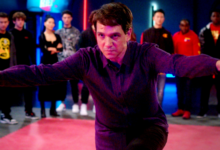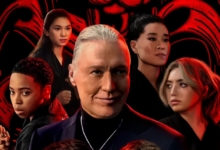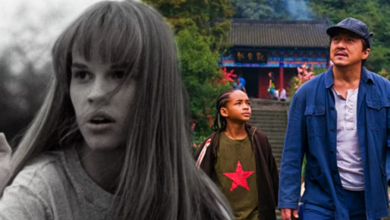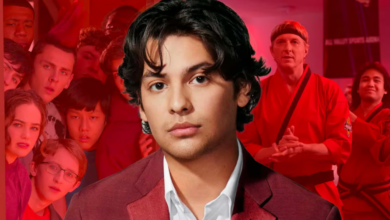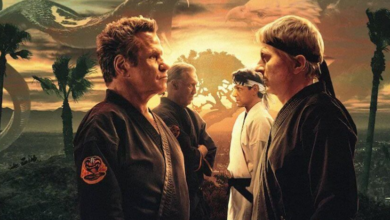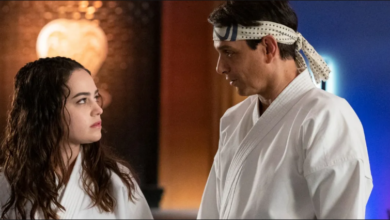How Cobra Kai Made The Karate Kid Part III Credible
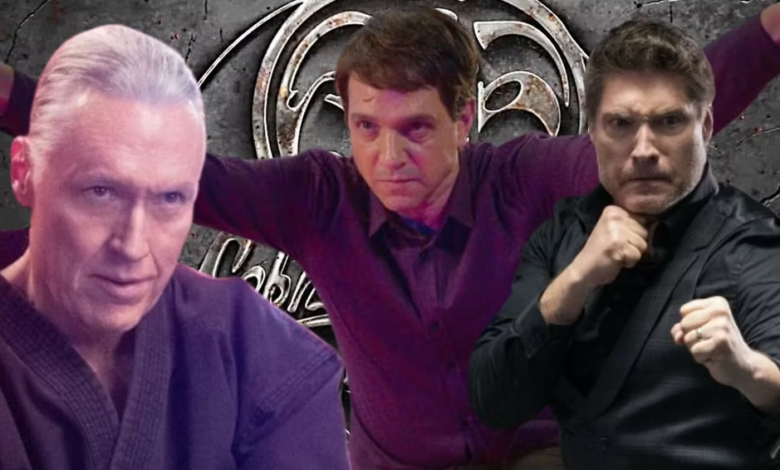
The Karate Kid Part III was considered one of the worst films of the franchise, but thanks to Cobra Kai, people seem to look at it a bit differently.
With its sixth and final season on the horizon, fans continue to praise Netflix’s Cobra Kai for what it has managed to accomplish as a continuation of The Karate Kid films, but every film in the franchise hasn’t been received nearly as well. For decades, The Karate Kid Part III has been regarded as one of the worst entries. In its two most recent seasons, however, the TV sequel managed to do something none of the fans would have ever expected by embracing the way the third film is usually looked at.
Cobra Kai, with all of this tongue-in-cheek self-awareness, not only brought back two of the third film’s main villains, Terry Silver and Mike Barnes, but they also changed them for the better by acknowledging the outlandishness of all the aspects of the third film that have been criticized over the last 30 years. That being said, perhaps it’s time that The Karate Kid Part III should be looked at differently with all how the show manages to course-correct the film’s characters and storyline.
Why Was The Karate Kid Part III So Controversial?
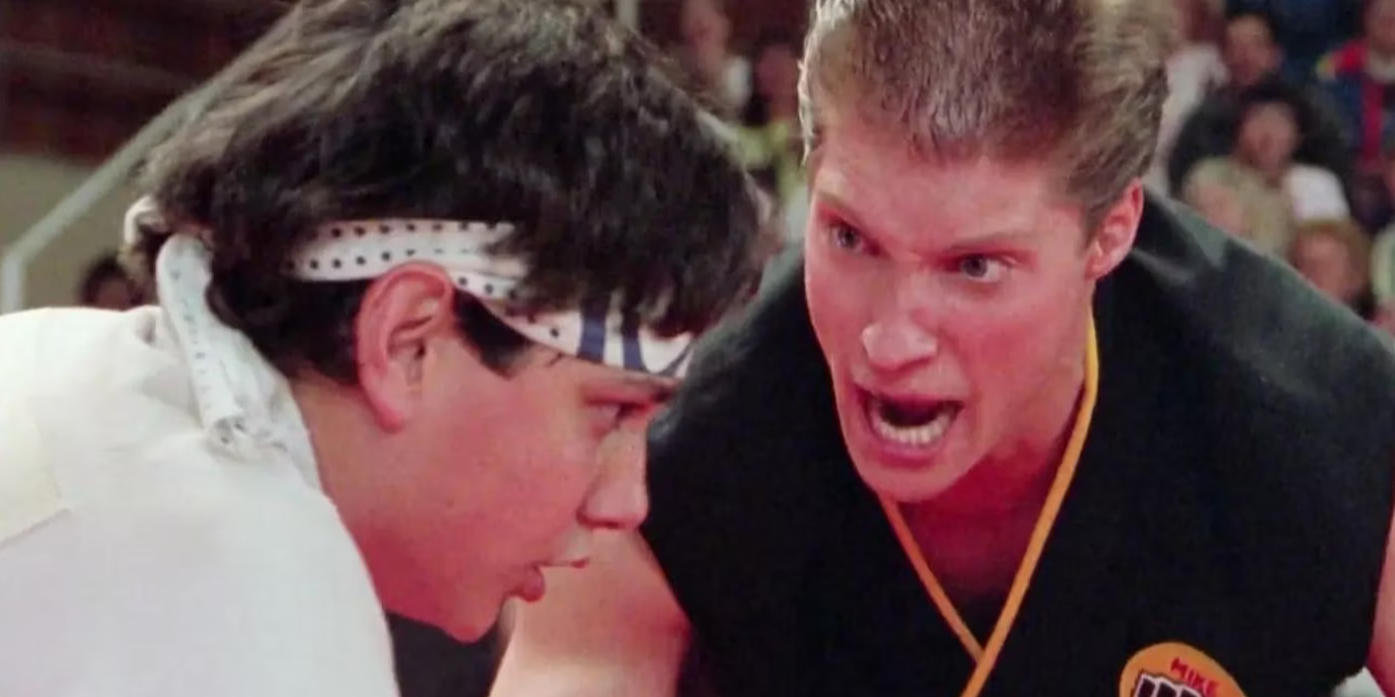
While The Karate Kid Part II wasn’t as well-received when it premiered two years after the first film in 1986, many still regarded it as an enjoyable sequel. Audiences also appreciated it for how it made a genuine attempt to do something different, taking the characters to Okinawa and telling a story that felt more centered around Mr. Miyagi than it did around Daniel. When the third film was released three years after that, in 1989, both critics and audiences both seemed to think that the franchise was entirely out of ideas on where to take its characters. The beats and premise of its story felt almost entirely recycled from the first film; even after all the character development and fighting experience he had gained in the previous two installments, Daniel’s character had regressed to the scared, less-experienced kid he was before training with Miyagi. It also lacked the sincere emotion and drama of the previous films, having a far more cheesy and over-the-top tone that hasn’t aged quite as well.
The film brought back Martin Kove as John Kreese but also introduced some new villains with the additions of Mike Barnes and Terry Silver. Unlike Johnny Lawrence and Chozen in the two previous films, however, many were unimpressed by these new adversaries of Daniel. In the film, Silver is depicted as a loyal friend of Kreese from his days in the army and the slimy head of Dyantox Industries, a toxic waste disposal company that illegally dumps waste into the environment. Throughout the entirety of the film, his motivation doesn’t go anywhere beyond the need to save the Cobra Kai dojo and get revenge on Daniel and Miyagi, all on behalf of his old army pal. He was a comically over-the-top villain, practically to the point of becoming a live cartoon, but the depiction of Barnes as a vicious bully who lacks any kind of sportsmanship and is only motivated by the promise of riches from Silver wasn’t much better.
Cobra Kai Made Terry Silver and Mike Barnes Into Better Characters
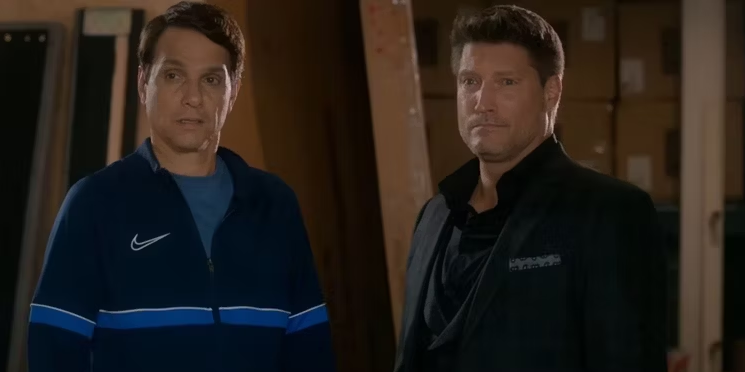
Over 30 years, audiences shouldn’t expect any one character to remain exactly as they were when they were last seen, and Cobra Kai especially has done an excellent job of illustrating this. When Silver is introduced into Cobra Kai’s story, he’s certainly not the same sort of villain he was in the third film (or at least not at first). In a humorous subversion of expectations, Season 4 opens up with Kreese calling Silver, attempting to rope him back into Cobra Kai to take on Daniel and Johnny at the next All Valley tournament, only to have Silver, who has seemingly turned his life around, immediately hang up on him. When he finally does agree to reunite with Kreese as partners, he gradually proves to be a far more menacing villain than Kreese ever was. With his skills of manipulation, exploitation of weaknesses, and a newfound lust for power that takes him so far as to frame Kreese for a crime he didn’t commit to take over Cobra Kai for himself, Silver becomes a much more menacing and well-written villain than he ever was in Part III. It proves that despite his new lifestyle and years in therapy, his evil side never truly went away, no matter how much he may have wanted it to at first.
Then there’s Mike Barnes, who is now a far cry from the one-dimensional adversary that attacked Daniel based solely on the motivation of monetary gain. When the viewers first see Barnes again, from Daniel’s perspective, at first it appears that he’s still the same menacing threat and is getting ready to team up with Silver once again. It’s revealed, however, that in the last 35 years, he’s become a mature adult who co-owns and operates a successful furniture store with his wife. It turns out that losing against Daniel at the All Valley and being banned from competitive karate actually opened his eyes to what he could accomplish with his hands that didn’t involve violence, and he even offers a heartfelt apology to his former victim and opponent when they’re first reunited. Unlike Silver, Kreese, Johnny, and even Daniel, Barnes now lives a life that isn’t dictated by the past and isn’t held on by grudges or guilt.
Another surprising character connection that the series makes with the third film is through Daniel’s wife, Amanda. In Season 5, it’s revealed through a surprise guest appearance from Robyn Lively reprising her role as Jessica Andrews (Daniel’s friend from Part III), that Amanda happens to be her cousin. It also turns out that Jessica was the one who introduced Daniel to her in the first place. For all the criticisms that The Karate Kid Part III has faced, it’s details such as these that have managed to turn it into a tool for strengthening Cobra Kai’s storytelling and world-building.
Maybe The Karate Kid Part III Should Be Looked At Differently

Through the events of Cobra Kai, with its stories of warring karate dojos and teen drama based around flips and kicks, The Karate Kid franchise as a whole has come to be looked at a little differently. It’s no secret how much the show has openly acknowledged just how ridiculous the events of The Karate Kid Part III are. Terry Silver even admits it himself in the first episode of Season 4, telling Kreese “I spent months terrorizing a teenager over a high school karate tournament. It sounds insane just talking about it.” With all this in mind, maybe it’s about time that fans stopped trying to take it as seriously as the first two films.
In a retrospective re-watch, the third film becomes a more worthwhile experience due to the incredible payoff that the show delivers in how it revisits the story and revives the villains. If Hilary Swank finally does appear as Julie Pierce from The Next Karate Kid in Season 6, longtime critics might just be surprised to see it pull off another miracle and indirectly improve the many criticized aspects of that film as well.
